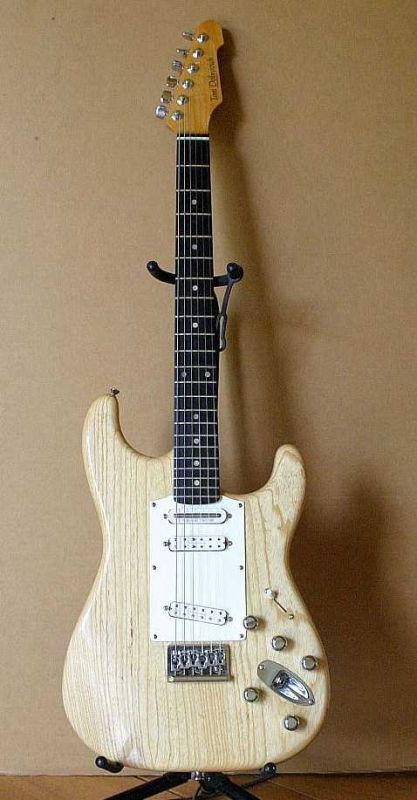Question
I am in the process of manufacturing large musical drums from one piece of wood. I've begun testing kiln drying and microwave drying to speed up the curing process.
Are there differences in the final product from a speed-curing as opposed to slow-curing process, in regards to making musical instruments? And what effect might there be on the stability and sound of the instrument?
Forum Responses
I remember reading somewhere that logs used for making Stradivarius violins were submerged under water for something like 50 years! Don't think I'd call that speed drying though.
We do know that slow air drying will result in a different product than fast drying, in some cases. For example, if white oak is air dried for two summer seasons, the wood will develop a vanilla odor, rather than the acrid odor of oak. I suspect that other species will also have chemical changes.
Also, it is possible that there is some bacterial action. So, I would believe that slow air drying for 18 months or so will develop a different musical behavior than fast drying. But is it better?
Again, the submerging is probably more related to bacterial action.
Gene Wengert, forum moderator
Old growth logs typically have 20-40 growth rings per inch but 70+ is not unheard-of (compared to new growth trees which may have as few as 4 rings per inch). I am no expert on musical instrument sound quality, but am sure the excellent acoustic properties attributed to the instruments made by these historical figures are somewhat dependent on the character and quality of the wood was used during fabrication.
Comment from contributor A:
The release of stresses in wood or any material will allow for a more mellow sustained tone. I know this because I have worked with a cryogenic process where stressed materials (brass, bronze and wood) are slowly 1°F per min. down to -310°F and soaked at that temperature for 4 to 36 hours and then brought back to ambient temperature 1°F per min. This makes formed and pressed metals have a much smoother tone and less susceptible to cracking by a large margin. Steel strings last 5 times longer with very little corrosion and a more even stretch along the complete length over playing time. They also resist fret dimples. Wood in this process is much the same, but more susceptible to damages during the process as it is a relatively inconsistent material.
I have been in the cryogenic industry for 35 years and I still can't say that actual results are ever given to clients. I often see people using cryogenic (usually liquid nitrogen LN2) liquids for something they were told would help, but just as often they are disappointed.
